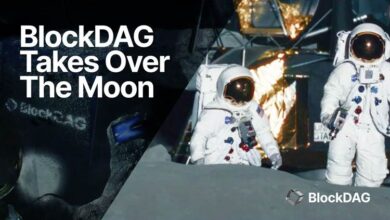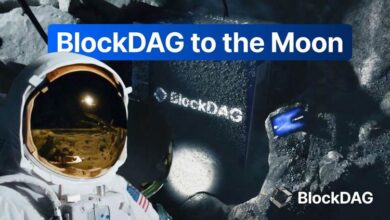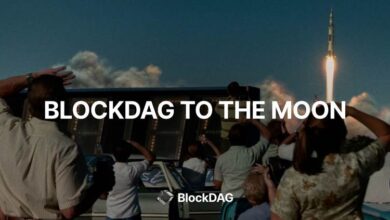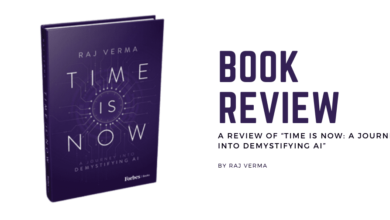AI and Creativity: Exploring the Role of Artificial Intelligence in the Arts

Introduction:
In the ever-evolving landscape of technology, the intersection of artificial intelligence (AI) and creativity is giving rise to transformative possibilities in the world of arts. AI, once confined to the realms of data analysis and automation, is now venturing into the creative domain, challenging conventional notions of human expression. This article delves into the fascinating realm of AI and creativity, exploring the role of artificial intelligence in shaping and augmenting artistic endeavors.
An Unlikely Pairing
Traditionally, creativity has been perceived as a uniquely human attribute, rooted in emotion, intuition, and personal experiences. However, the fusion of AI and creativity challenges this notion, offering a unique synergy that combines computational power with the intricacies of human expression. As AI evolves, its foray into the arts is marked by innovation, experimentation, and a redefinition of the creative process.
Generative Art:
AI as the Artist’s Collaborator
Generative art, a burgeoning field within the realm of AI and creativity, involves collaboration between artists and algorithms. AI algorithms, fueled by extensive datasets and trained on artistic styles, can autonomously generate visual or auditory artworks. Artists now view AI not as a replacement but as a collaborator, infusing a fresh perspective and pushing the boundaries of traditional artistic creation.
AI and Music Composition:
Harmonies of the Digital Age
In the realm of music, AI has emerged as a powerful tool for composition. Additionally, AI algorithms can analyze vast musical datasets, discern patterns, and generate original compositions. Moreover, from classical symphonies to avant-garde electronic music, AI showcases its ability to understand musical structures, experiment with novel arrangements, and even compose pieces that challenge traditional genres.
Visual Arts:
Painting with Pixels and Algorithms
The visual arts have witnessed a renaissance with the integration of AI. Moreover, artists and technologists collaborate to create mesmerizing visual experiences. Additionally, AI-driven algorithms can generate intricate paintings, digital sculptures, and even manipulate existing artworks in novel ways. This intersection of AI and visual arts offers a playground for experimentation, pushing the boundaries of what is visually conceivable.
Creative Writing:
AI as the Literary Muse
In the realm of literature, AI is becoming a literary muse for writers. Furthermore, text-generating algorithms, trained on vast corpora of written works, can produce coherent and contextually relevant written pieces. Additionally, authors and poets collaborate with AI to explore new narrative structures, experiment with language, and even create poetry that blurs the lines between man and machine.
The Rise of AI-Enhanced Performances
Beyond the creation of static artworks, AI is making waves in enhancing dynamic performances. Whether it’s choreographing dance routines, generating theatrical scripts, or creating interactive installations, AI contributes to the dynamism of live performances. The synergy between human performers and AI technologies leads to immersive and boundary-pushing experiences for audiences.
Virtual Reality and AI:
Crafting Immersive Worlds
The convergence of AI and virtual reality (VR) is revolutionizing immersive experiences. AI algorithms, when integrated into VR environments, can adapt and respond to user interactions in real-time, creating personalized and dynamic virtual worlds. This synergy allows users to step into AI-generated realms, blurring the lines between reality and the digital imagination.
AI in Art Conservation and Restoration
AI’s capabilities extend beyond the realm of creation to the preservation of artistic heritage. Moreover, in art conservation and restoration, AI algorithms analyze deteriorated artworks, predict potential restoration outcomes, and assist conservators in making informed decisions. This invaluable application of AI ensures that the cultural treasures of the past are safeguarded for future generations.
Challenges and Ethical Considerations in AI and Creativity
As AI continues to infiltrate the realm of creativity, it brings forth challenges and ethical considerations. Furthermore, questions about authorship, the impact on employment in creative fields, and biases embedded in training data demand careful consideration. In navigating this intricate landscape, striking a balance between technological innovation and ethical responsibility becomes paramount to ensure the responsible integration of AI into the creative process.
AI as a Tool, Not a Replacement:
Human-AI Collaboration
While AI demonstrates its creative prowess, it’s crucial to emphasize that AI is a tool, not a replacement for human creativity. The collaborative approach, where artists harness the capabilities of AI as a creative assistant, preserves the essence of human expression while embracing the possibilities offered by machine intelligence.
The Future Landscape:
AI Shaping the Creative Horizon
Looking ahead, the future landscape of AI and creativity holds promise and intrigue. As AI technologies evolve, we can anticipate further breakthroughs in collaborative creation, enhanced personalization in artistic experiences, and the emergence of entirely new art forms that marry human ingenuity with the computational capacities of AI.
Conclusion:
The infusion of AI into the arts is reshaping the landscape of creativity. From generative art to AI-enhanced performances, the collaboration between human artists and intelligent algorithms opens up new avenues for exploration. While challenges persist, the potential for AI to push artistic frontiers and democratize the creative process is undeniable. As we navigate this exciting intersection of AI and creativity, the evolving relationship between human imagination and artificial intelligence promises a future where innovation and expression know no bounds.





